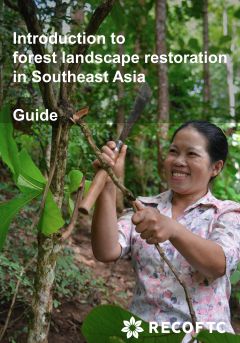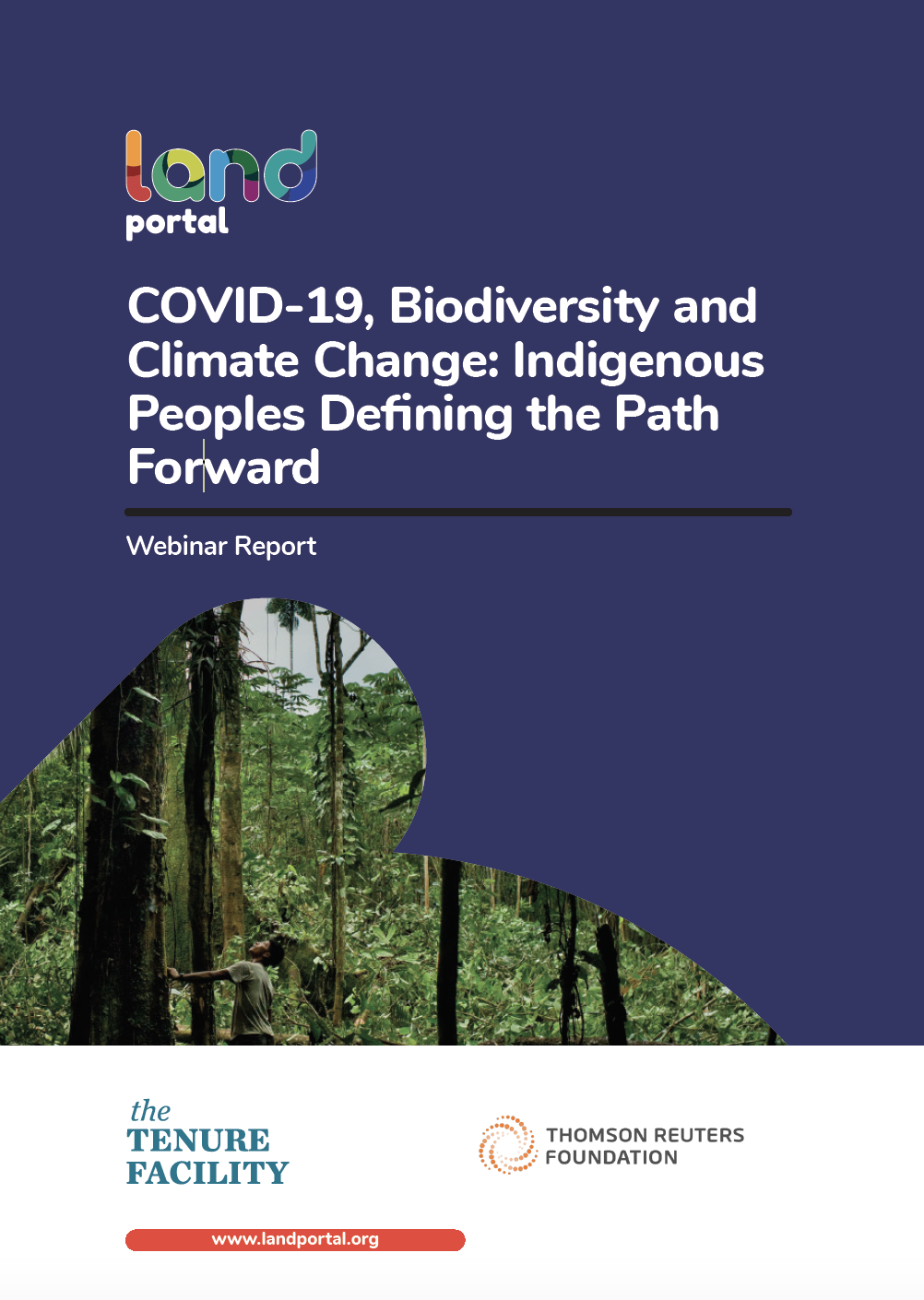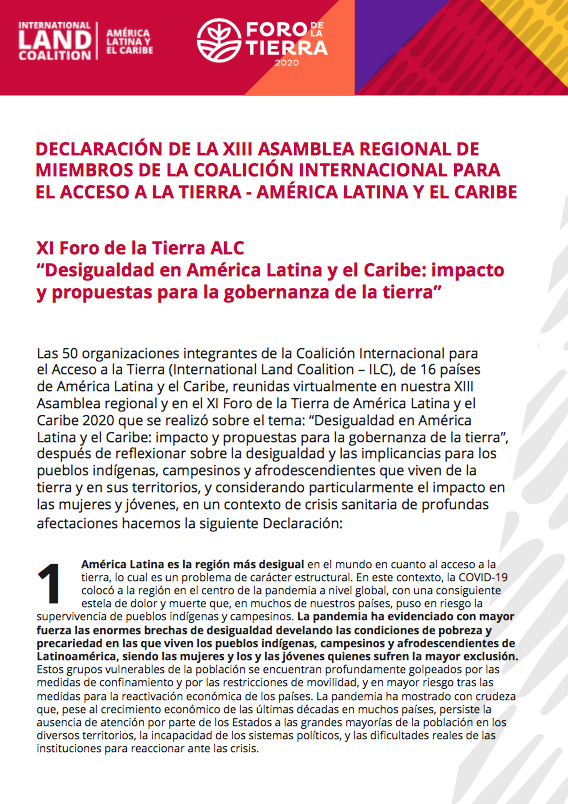Introduction to forest landscape restoration
This guide is for forestry practitioners from local communities, governments, the private sector, civil society and academia in Southeast Asia. It explains the fundamentals of forest landscape restoration (FLR) and serves as a starting point for future exploration and design of FLR initiatives.




